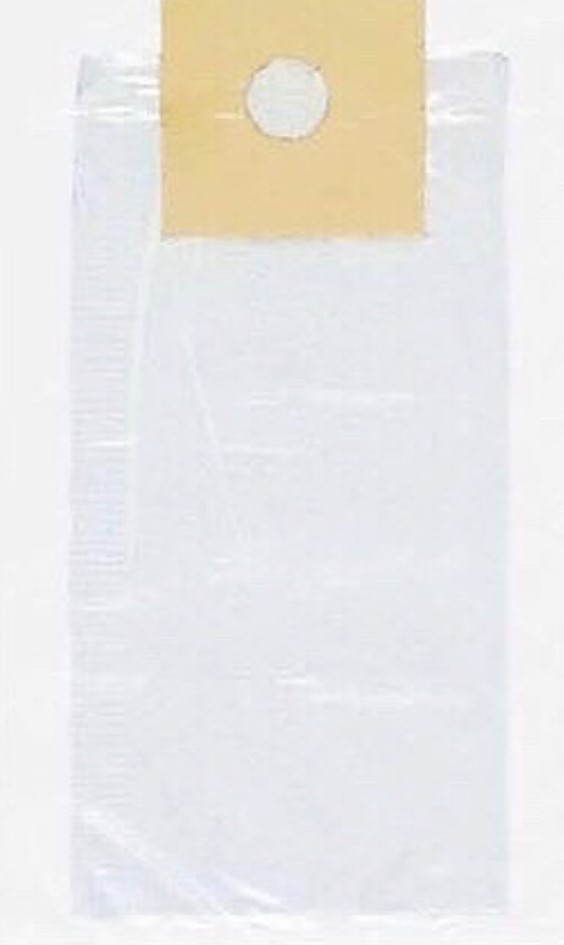History of Stoma Care and Appliances
After writing a blog post titled the history of the stoma. For many of us we most likely take the one-piece or two piece system we use today for granted. I know myself, I have not sat and thought I wonder what stoma bags used to be like? I just take what I have and use it with little thought for what it would have been like for someone say “ 30-40 years ago”. I can tell you now they didn’t have it as easy as what we do now, and for some the old stoma care routine used to be a thing of torture and not comfort quite literally.
The history of stoma care appliances and care
Following on from my blog post previously. Going back in history, the first successful colostomy surgery was performed on Mrs White back in 1820, who had a successful colostomy placement. The only problem being that yes her symptoms improved and she survived which was rare for that day and age, due to hygiene issues within the hospital but she had nothing to catch the waste. It was reported she either used a cushion, rags, towels or a bucket to catch the fecal matter.
This was when the first reports of complications such as skin ulcers and prolapse were discussed. It was thought that stoma devices needed developing.
So when were the first stoma bags invented? What were they like? How have our appliances improved since then?
Time to go for a trip down stoma bag memory lane. I am rather thankful I never had to play stoma bag roulette back then I can tell you.
What was the first stoma bag?
As late as the 1900’s there were no stoma bag appliances. Back then this surgery was deemed as a ‘ secret surgery’ and a last resort. For many this left patients as social outcasts due to the fear of odour, embarrassment and lack of security.
The things people used to use pre 1950 stoma appliances.
It seems absolutely insane researching this and learning that the operation for some was saving lives but dropping the quality of life because they didn’t have, like we do today, that is a stoma bag to catch the waste.
Things used:
- – Inner tubes
- – Moss
- – Rags
- – Towels
- – Tuna cans
- – Bread bags
Things used to try and control or mask the odour that failed:
- – Aspirin tablets
- – Bicarbonate of soda
- – Vanilla extracts
- – Peppermint extracts
Currently sat here shedding a tear for these people. The desperation they must have felt at the time.
Peristomal skin problems were also an issue due to constant fecal contact with the skin. They used to use things such as:
- – Talcum powder
- – Corn starch
- – Aluminium paste
The invention of stoma bags
It wasn’t until the early 1950’s that ostomy appliances came onto the medical market and literally changed the lives of ostomates at the time.
At this time there were bulky rubber products that were combined with plastic materials that were aesthetically pleasing. These all made their way to research benches and at the same time a barrier used for peristomal skin care made leaps and bounds in the form of karaya. This was used as a skin barrier and was the first of its type. At the time this was considered to be helpful and the products gave patients their lives back and more freedom.
Over the years skin barriers led to startling advances in both wound and ostomy care.
Limitations were discovered, many patients developed allergic dermatitis or complained when the karaya was applied to broken skin. It was also noted that this had poor adhesion and for patients with heavy watery output this barrier didn’t hold up well.
In 1965 it was discovered that a product used by dentists to treat mouth ulcers called Orahesive paste or powder was taken on board by colorectal surgeons and was launched in the UK for peristomal skin care. Eight years later this was introduced into stomahesive wafers by E.R.Squibb. This gained acceptance rather quickly by both clinicians and patients and the decrease of allergic dermatitis, increased wear time and fewer skin problems. These were used with the available bag/pouching system at the time and were primarily used to prevent peristomal skin breakdown.
10 years later manufacturers made and introduced a two piece system that like today’s they could remove the bag and rinse it out without having to remove the baseplate.
After this many other companies started making and introducing new bag systems.
This introduced a new freedom to ostomates, they could live more normal lives and had a sense of security within the stoma appliance.
The stoma bag now
That stoma bag you are wearing today is born from the back of the first invented 2 piece system. Each company that makes a product puts thought into freedom, life living with the bag, making the products more convenient. The advancements in technology, materials used are absolutely astounding. Each product is now made with clinical research run by patients (you). The products now made are with each patient in mind. Every time you see companies asking for people to partake in research or input into designing a new bag, please take part as these are always taken into consideration and the product is made to improve quality of life for that patient.
The variety of products now available compared to the first recorded operation back in the 1700’s is astounding. Thinking back to the people that over a period of 250 years had nothing like we do now and made do with things like a rag or a towel to collect their output.
I sit here and think that I am incredibly lucky that I have stoma bags in my draws or available to be delivered by the click of a button.
This is part two of the history of the stoma and history of the stoma bag appliance over with for now.
As always
Many thanks for reading
Louise X
Louise uses our Platinum with Vitamin E range to keep her stoma site healthy. Try a sample here.









